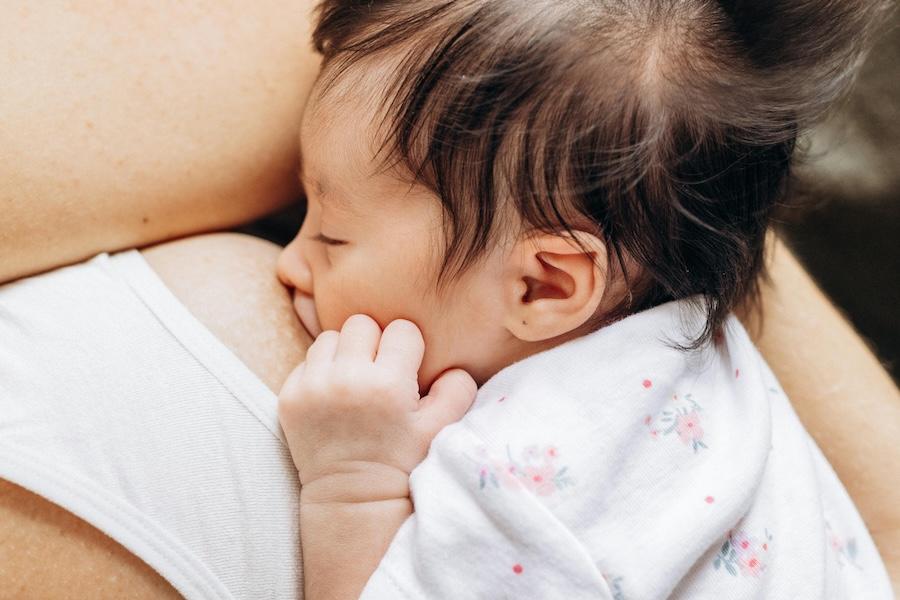The first days, baby’s stomach is as small as a hazelnut/cherry (about 5–7 ml), which means that your baby will feel full after frequent and short feedings.
After a few more days, the stomach has stretched to the size of a walnut (about 22–27 ml) and by one week, baby’s stomach is the size of a pingpong ball (about 45–60 ml).
Because the stomach is as tiny as it is, baby needs to feed frequently, which means many feedings during the day.
Baby needs to feed at night too
Your newborn should not sleep for long periods the first week. Every day, your infant should nurse strong and actively at least 8–12 times. If you wake up and feel that it’s time for your baby to nurse, wake your little one by placing him or her skin-to-skin and offer the breast. If your baby does not want to wake up, you can wake him or her by changing the diaper. Milk supply is done on demand, so it is good to breastfeed at night as prolactin (the milk-producing hormone) peaks at night.
Baby loses weight initially
A newborn infant usually loses some weight the first few days (up to 10% of his or her birth weight). This is normal. However, this should change around day 4–5 and baby should start gaining weight.
Signs that baby is eating enough
Signs that your baby is eating enough are that your baby:
- is satisfied after feeding.
- urinates—at least 6 to 8 diapers per day.
- has a bowel movement—the first days, the stool color transitions from black and sticky (before your milk comes in) to a greenish-brownish color and slightly watery, and then the breast milk stool which is yellow and seedy.
- is alert and active between feedings.
